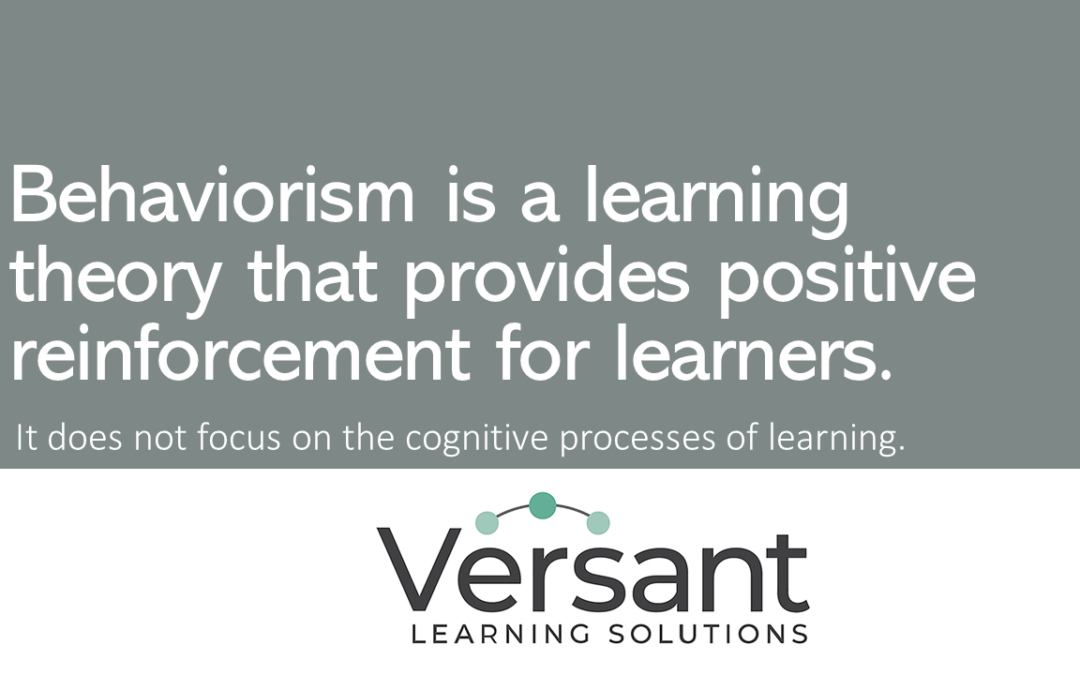Quick-Start Synopsis
Behaviorism has a long history as a learning theory. It was very popular in the early 20th century. Teachers used the concept to standardize classrooms and design curricula.
Let’s illustrate with Leah.

What is behaviorism?
Behaviorism is concerned about observable behavior. The theory predicts that a specific behavior can be encouraged if either positive or negative reinforcement is applied. Pavlov’s dog, anyone? The focus is on behaviors – actions – that can be seen and observed by others.
Consider if Leah’s puppy needs to be housebroken…
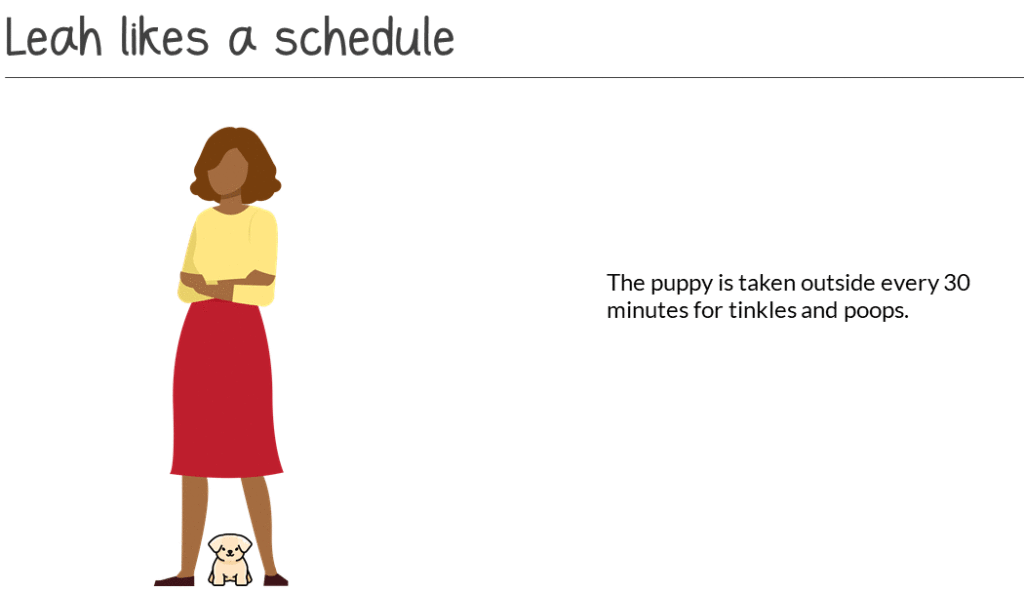
When a preferred response occurs, positive reinforcement is received.
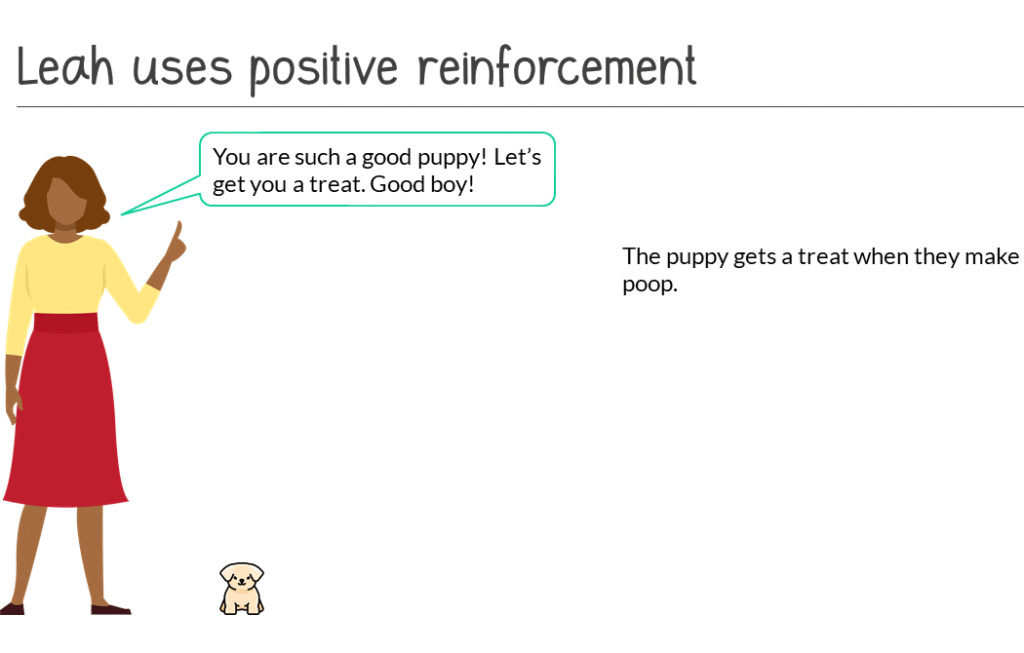
Negative reinforcement decreases behaviors that are not preferred.
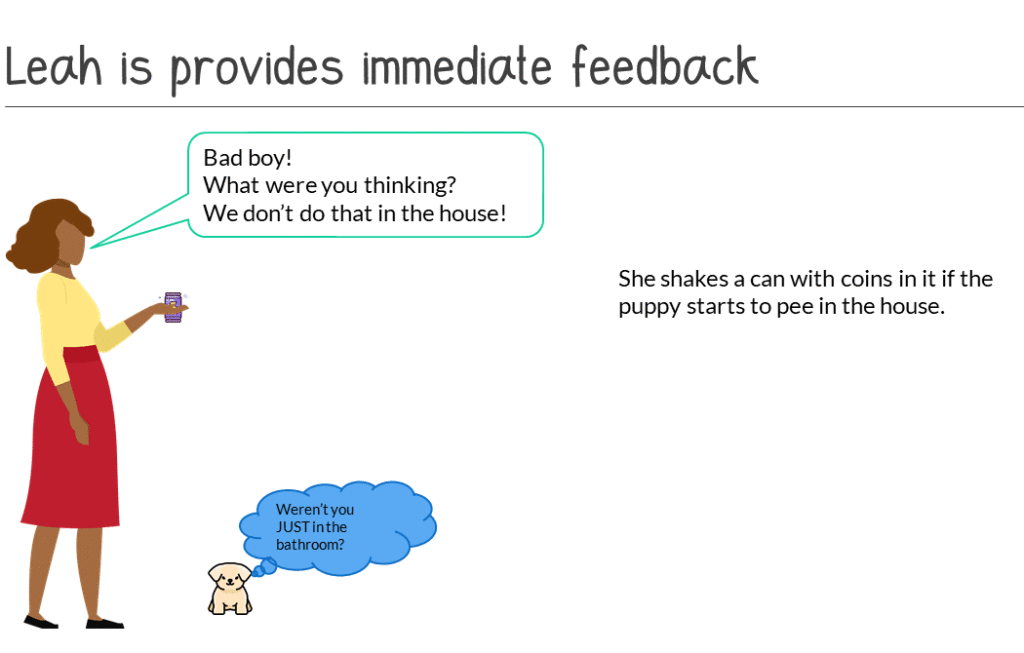
Through operant conditioning, researchers demonstrated that behavior could be shaped by the reinforcement received. Over time, the positive reinforcement becomes rewarding to the animal, child, or adult.
You met Leah’s colleague, Mehta, in a prior blog that you can see here. Mehta liked to train from a Cognitivism framework. He liked to consider how learning happens in the brain.
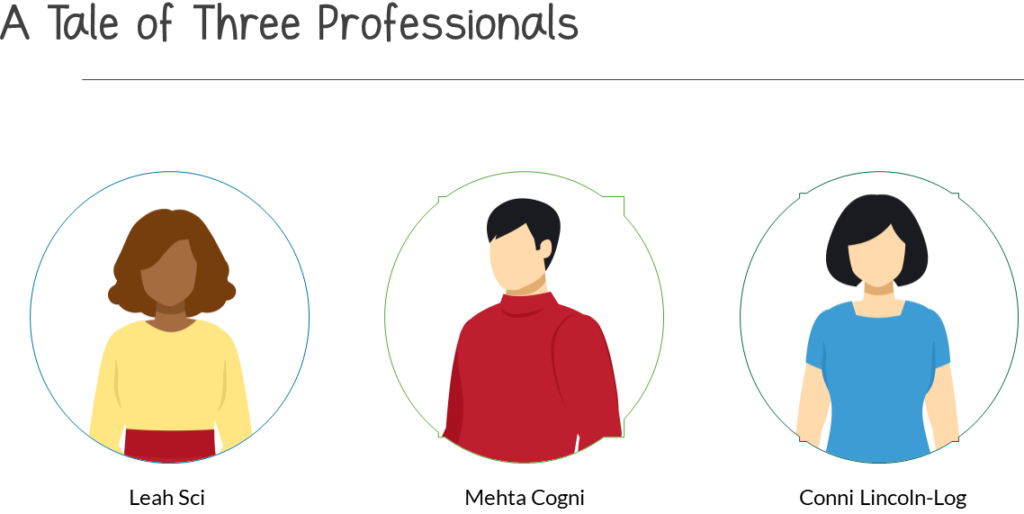
What data support behaviorism?
B.F. Skinner developed the theory of operant conditioning while working with pigeons. If the animal pecked at the correct spot, they received a food reward. If they did not peck in the right location, no extra food was given. Skinner considered learning to be an observable behavior that was best supported by positive reinforcement rather than punishment.
Did you know that Skinner created a self-paced machine in the 1950s that provided instant feedback to students? We talk a lot about self-paced learning today, but it’s not new
Behaviorism is a useful concept when teaching hands-on skills during training – operating software, running a Western blot, or turning in monthly expense reports. Consider gamification elements used in training; these are examples of training through behaviorism.
How does behaviorism translate to adult learning?
Adult learning, called andragogy, can and should utilize elements of behaviorism.
Examples of behaviorism in training:
- Trainers can design clear and relevant learning objectives that identify the preferred behavior(s).
- Instructional designers can create achievable tasks and then reward successful completion.

For example, a learning objective might read: “At the end of this onboarding program, the MSL will present a comprehensive territory-planning document to their manager.”
Given what we know about Leah, and what you may have learned from Mehta, can you answer this question?
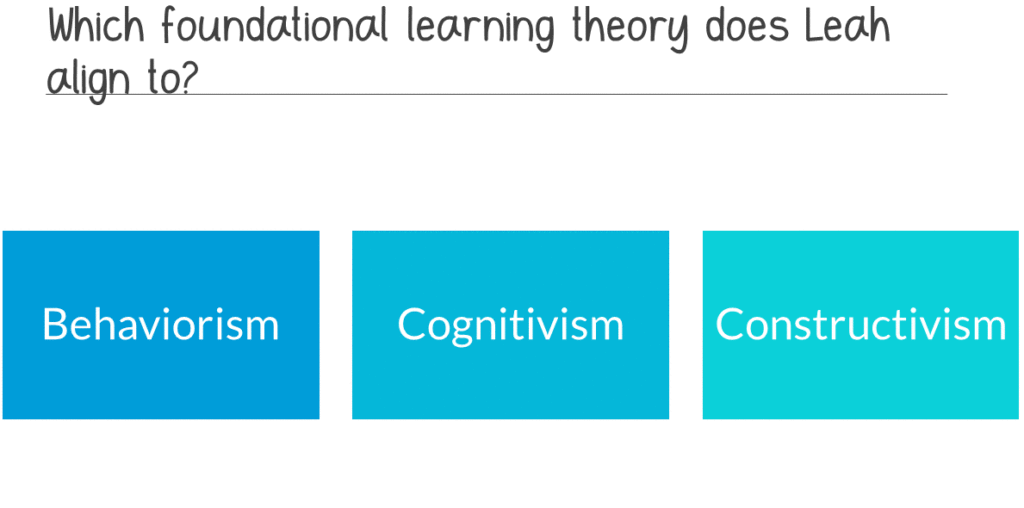
You are right! Leah trains with an eye towards behaviorism. She may not even be aware that she is employing these methods.
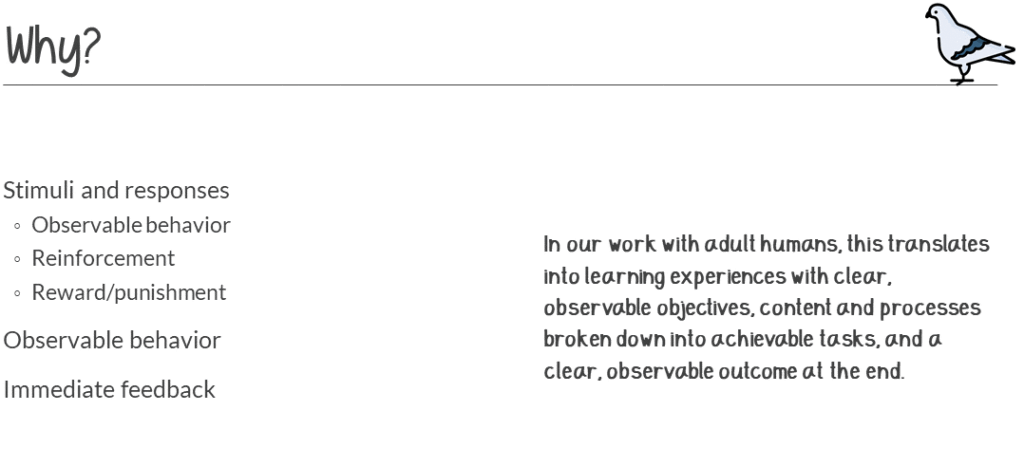
Proven Value for Medical Affairs
Whether you are creating goals, writing up a performance review, or developing training content, consider the observable behaviors that the employee should demonstrate.
How will an MSL confirm that they “understand” a concept?
During a workshop, can realistic methods for rapport building be modeled to others?
During a difficult conversation, is it clear to both sides what good-better-best looks like in action?
In a future blog, we will meet one more member of the training team:
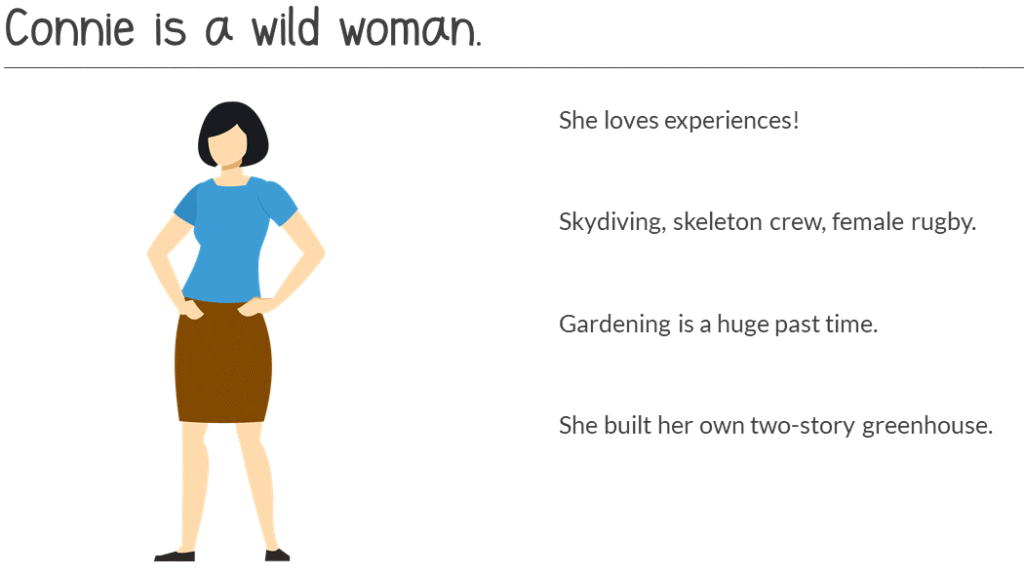
Guess how she likes to train – what do you think?
Contact Us to Develop Your Strategy
If you would like to discuss your team’s situation, please contact us.
We can create a learning experience that uses current learning theories to achieve the outcomes you desire.
eLearning – check
Workshop – check
Onboarding – check
References
Braat M, Engelen J, van Gemert T, Verhaegh S. The rise and fall of behaviorism: The narrative and the numbers. Hist Psychol. 2020 Aug;23(3):252-280. doi: 10.1037/hop0000146. Epub 2020 Mar 19. PMID: 32191061. https://pubmed.ncbi.nlm.nih.gov/32191061/
Kay D, Kibble J. Learning theories 101: application to everyday teaching and scholarship. Adv Physiol Educ. 2016 Mar;40(1):17-25. doi: 10.1152/advan.00132.2015. PMID: 26847253. https://pubmed.ncbi.nlm.nih.gov/26847253/
Association for Talent Development (ATD), Talent Development Book of Knowledge (TDBoK). January 2020 ed. 2020, Alexandria, VA: Association for Talent Development. https://www.td.org/tdbok
Watters, Audrey. Pigeons, Operant Conditioning, and Social Control. June 2018, Hack Education blog. http://hackeducation.com/2018/06/15/pigeons#:~:text=Skinner’s%20early%20work%20was%20with,used%20to%20study%20animal%20behavior.&text=The%20pigeons%20were%20trained%20by,they%20completed%20the%20task%20correctly.

